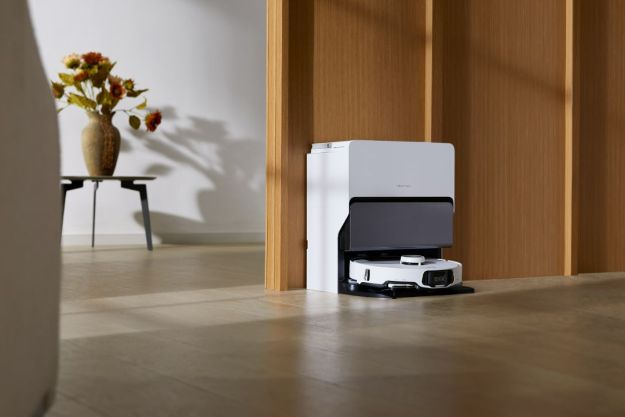
In its report, the IEA found that the root of the problem basically boils down to inefficient “network standby” technology — the protocols that allow a device to maintain a network connection while they sit idle and wait to perform their primary function. Most network-enabled devices draw just as much power in this mode as when they’re fully active, the report notes.
Furthermore, the agency expects the problem to worsen by 2020 and balloon to an estimated $120 billion in wasted electricity as more devices –refrigerators, washing machines, ovens, and thermostats– all become networked.
This news should be of particular concern to consumers who have embraced the burgeoning smart home trend. Many of the connected home devices that have hit the market in the past few years —networked lights, connected appliances, and the like– bill themselves as being eco-friendly because they can do nifty things like automatically turn off or go into “power saving mode” when you’re away from home. Features like this might very well save some amount of energy, but the amount the juice it takes to keep devices connected to a network is something that’s rarely discussed.
The solution, however, isn’t to do away with connected devices. Instead, the IEA suggests that equipping all such devices with energy efficient components, and outfitting them with better software that enables devices to drop to low power modes when not in use, could potentially cut energy consumption by 65 percent. Using today’s best technology and applying better efficiency measures over the coming years could save the world up to 600 TWh. That’s equivalent to closing 200 standard 500-megawatt coal-fired power plants, which would cut emissions by 600 million metric tons of CO2, the report says.
To get all the details on the agency’s research, check out the full report here.



